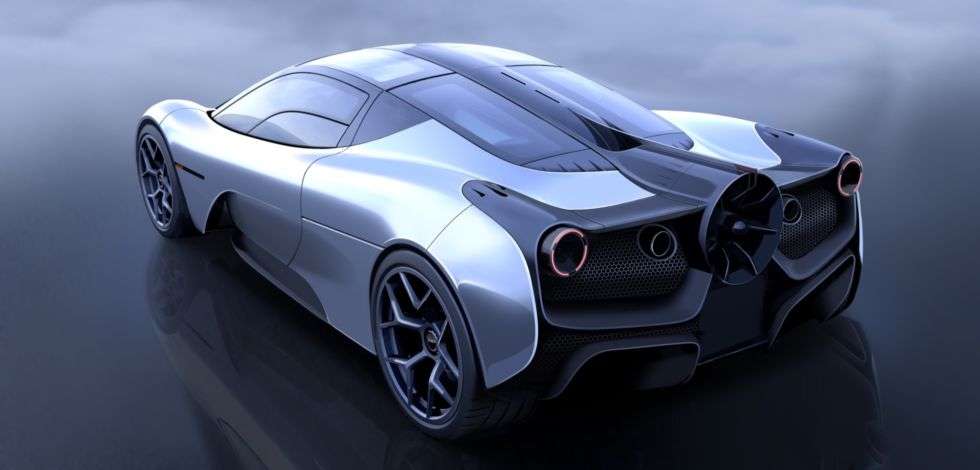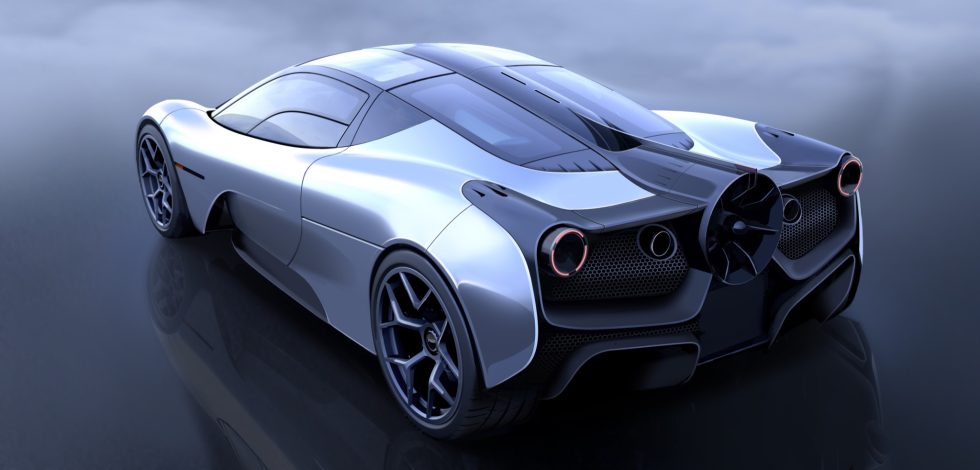
Suction fans, a V12, and a manual gears for Gordon Murray’s new car
-

This is our best look yet at the Gordon Murray Automotive T.50. There’s a lot of McLaren F1 design DNA in there. [credit: Gordon Murray Design ]
It’s true, I’m a Gordon Murray fan. And not even for his exploits as a designer of Formula 1 race cars—he’d retired from the pressures of competition by the time I got interested in the sport in 1993. It’s always been about his road cars for me, specifically the McLaren F1. At the time, there was a bit of a supercar craze happening; every month or so a new mid-engined machine would show up with claims of 200mph and a hefty six-digit price tag. Some of them even made it into production. But when the F1 appeared it instantly made them all old news.
But 1994 was a long time ago, and the first F1s are old enough to wear antique plates. The recipe is definitely dated: a naturally aspirated V12, a six-speed manual transmission with clutch, and no driver aids, not even ABS or traction control. That does indeed sound dated compared to the current crop of hypercars, which boast megawatts of hybrid or electric power and gigahertz of processing power to tame it all. But Murray believes there’s still merit in doing things the old way, which explains his T.50 supercar, new images of which were sent out recently.
Unlike some of his other recent designs, this one will be built in-house and carry the Gordon Murray Automotive name. The design brief has always sounded to me like an evolution of the F1 design, particularly a three-seat layout with the driver in the middle, a naturally aspirated V12 and six-speed manual transmission, and a mere 2,161lb (980kg) curb weight. But a couple of the images we were sent make that link explicitly clear—compare the shape of the roofline, windows, and engine covers in the rear three-quarter view with an F1, for example. Or, compare the aerodynamic sketch of the T.50 with a similar sketch from the McLaren’s brochure.
Read 4 remaining paragraphs | Comments





